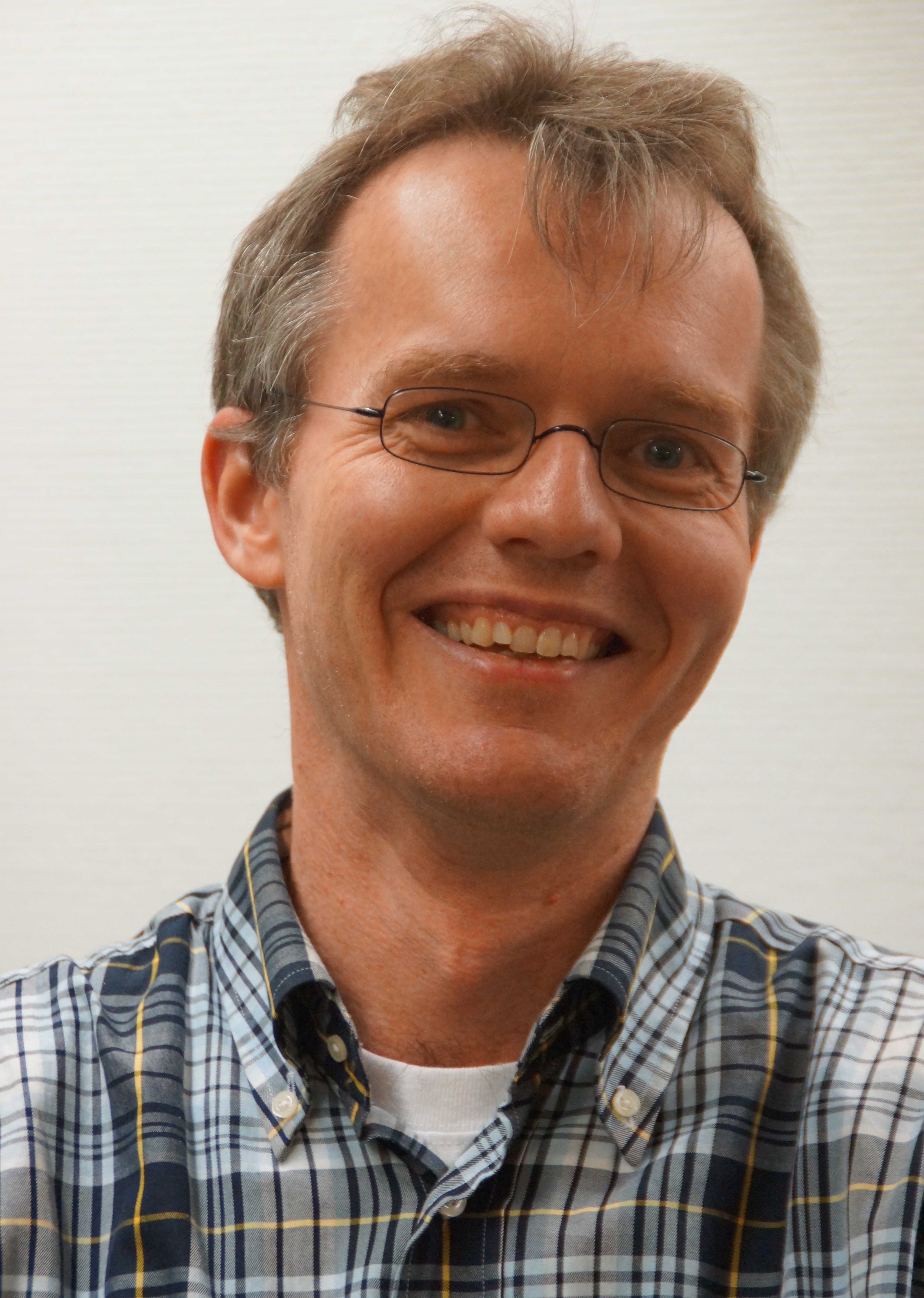de Bruijne Jos - Gaia
Gaia contributors
Gaia was proposed in 1993 and since then, many people have been involved in the Gaia mission, whether at ESA, at industry side or at one of the institutes involved in the Gaia data processing. The Gaia Data Processing and Analysis Consortium (DPAC) is a collaboration which consists of around 450 scientists and engineers.
The list of Gaia contributors presented here should not be considered a complete representation of the entire consortium and should not be considered as a list of currenly active people on the Gaia mission. A more complete list of Gaia contributors that were involved in the creation of the Gaia catalogues can be obtained from the author lists of the Gaia Collaboration overview papers (for Gaia Data Release 1 see here, for Gaia Data Release 2 see here, for Gaia Early Data Release 3 see here, for the full Gaia Data Release 3 see here, for Gaia Focused Product Release see here). A history of contributions to the Gaia mission can be found from the acknowledgements given with each data release.
Gaia DPAC members who wish to be featured on these pages can contact the Gaia Helpdesk. Anyone who wishes to be removed from this website can contact the Gaia Helpdesk.
 |
European Space Agency |
|
Jos de Bruijne works in the Science Division at ESTEC, in collaboration with the project scientist, on various system and payload aspects of Gaia. Since joining the Gaia team in October 2002, he has worked on, for example, the on-board timing requirements, on the on-board object detection, and on the astrometric, photometric, and spectroscopy accuracy models. He is also responsible for the contents maintenance of the Gaia Parameter Database and for the Gaia DR2 Primer. Since 2015, Jos is also active as Hipparcos liaison scientist - responsible for the Hipparcos archive, helpdesk, publication statistics, and website - and as performance scientist in the Advanced Telescope for High-ENergy Astrophysics (Athena) mission, due for launch in the early 2030s. For Athena, Jos' work involves monitoring and optimising mission performance, including effective area, background, environment (spacecraft orbit), and timing. [Published: 25/08/2003 | Updated: 02/10/2020] |
|
- Removed a total of (2) style text-align:center;
- Removed a total of (2) style text-align:justify;
- Removed a total of (1) border attribute.
- Removed a total of (1) cellpadding attribute.
- Removed a total of (1) cellspacing attribute.
Gaia people archive
- Removed a total of (1) style overflow:auto;
- Removed a total of (2) border attribute.
- Removed a total of (2) cellpadding attribute.
- Removed a total of (2) cellspacing attribute.








































 Sign in
Sign in
 Science & Technology
Science & Technology

